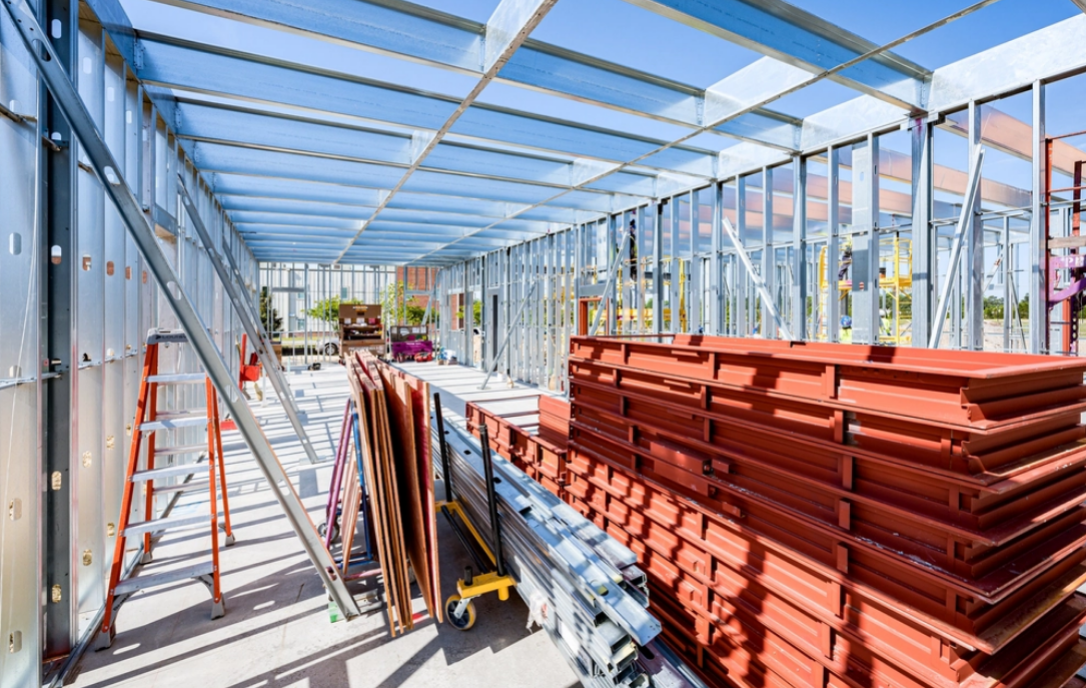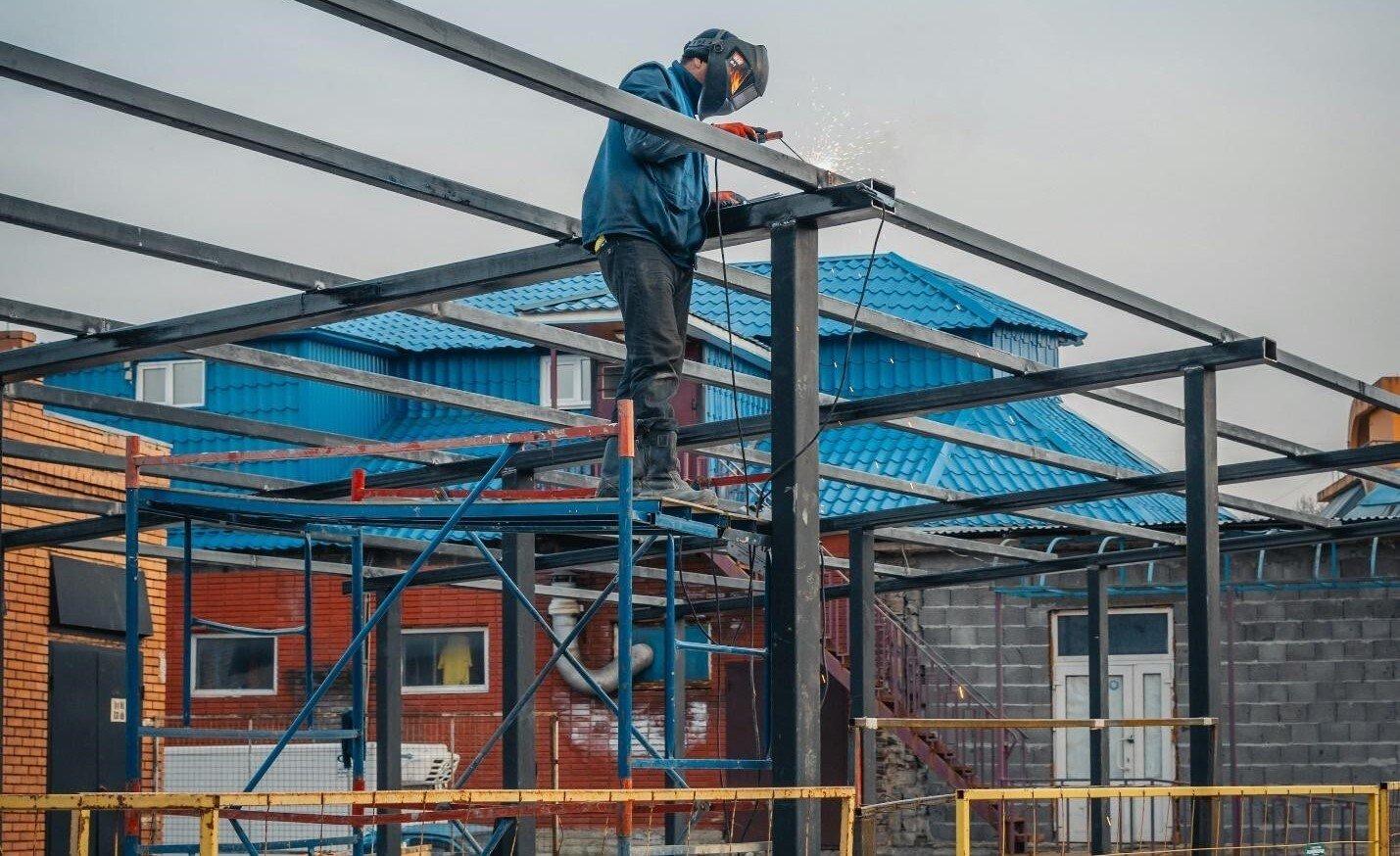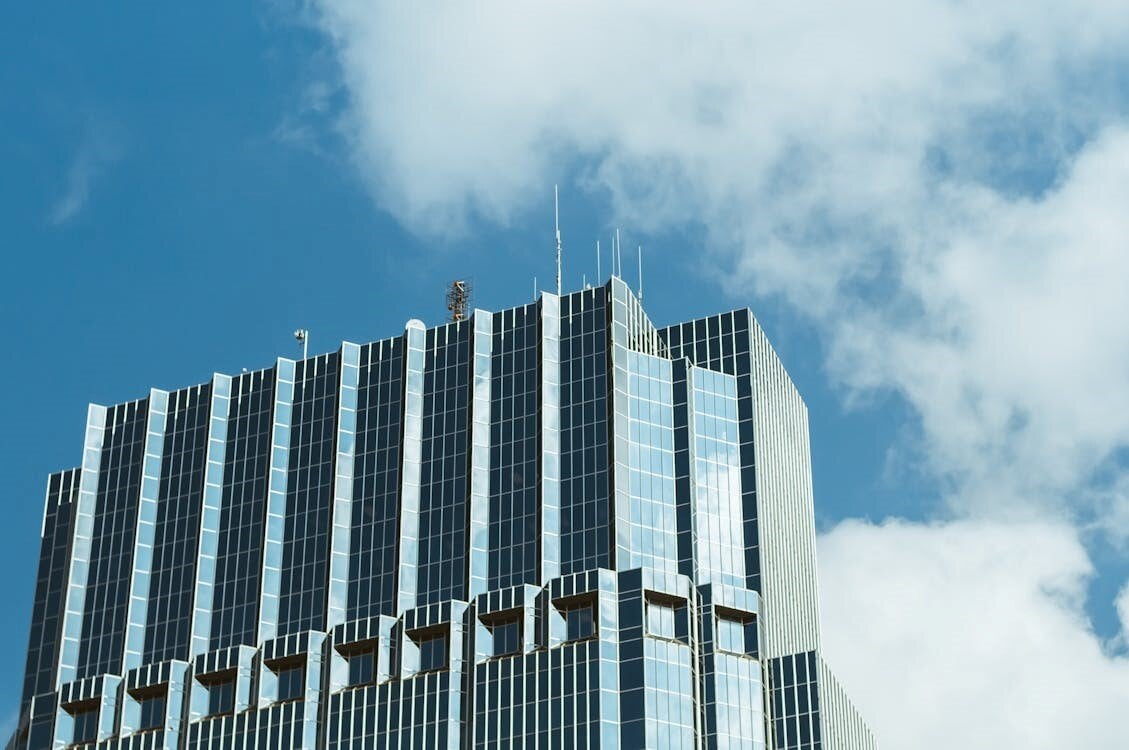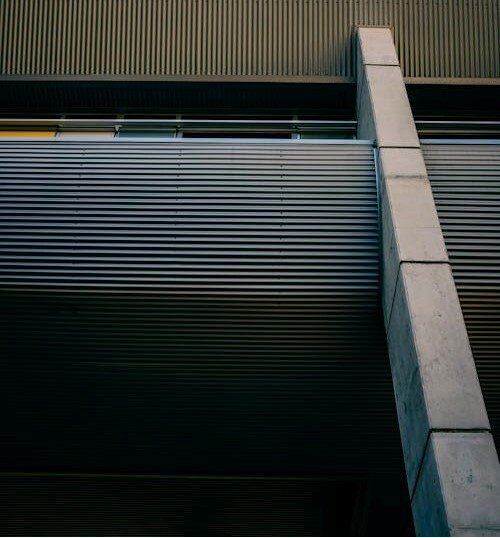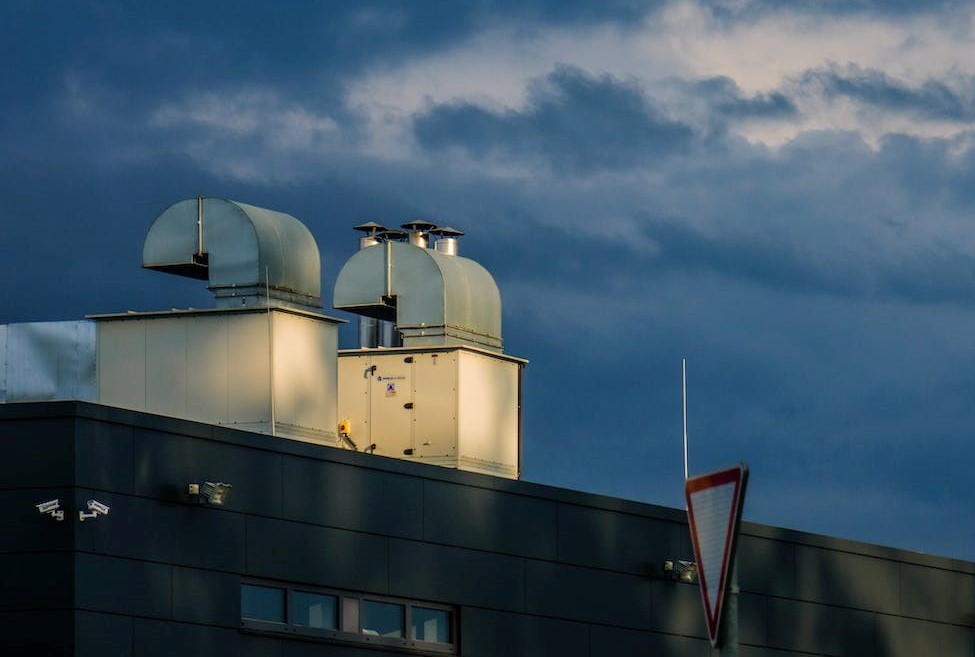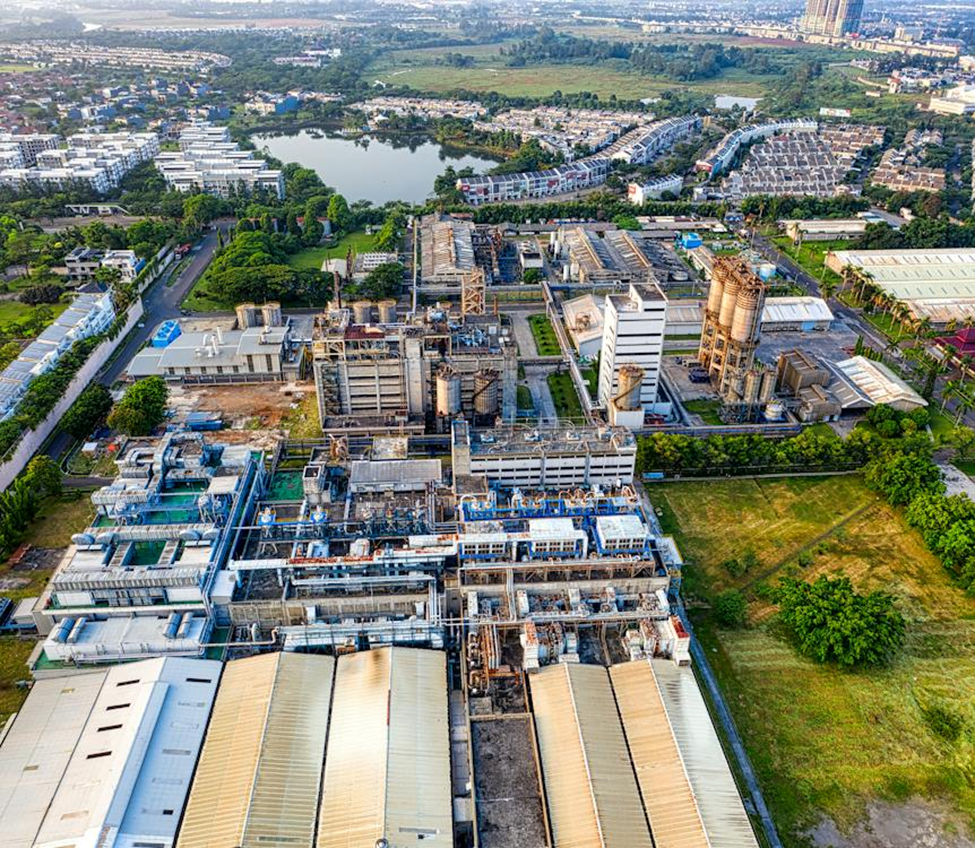According to several recent reports, the global market for modular construction is expected to reach $148.97 billion by 2028, driven by the growing demand for sustainable and efficient building solutions. This trend is particularly relevant in urban architecture, where space and efficiency are paramount. Modular roof support systems are emerging as a key innovation in this sector.
Why Modular Roof Support Systems Are the Future of Urban Architecture
Topics: Rooftop Support Engineering, Roof Architecture, Construction
5 Innovations in Roof Equipment Support Structures for Sustainable Buildings
Roof equipment support structures are crucial in modern construction. While they have been around since the 1990s, modern roof equipment support structures have evolved considerably due to better civil engineering and improved materials.
At a glance, rooftop support systems seem fairly straightforward and easy to install. However, there are a number of things that can go wrong during and after installation, especially under seismic or weather stresses. It is important to prioritize quality and functionality to ensure that the system remains cost-effective.
Transforming Rooftops into Functional Spaces with Innovative Support Solutions
Did you know that utilizing rooftop spaces can increase a building’s usable area by up to 25%? Many use it for a rooftop garden, a pool, or simply as a party venue. Commercial rooftops, on the other hand, can serve another very crucial purpose; to safely house large equipment and outdoor units, keeping it safe from public misuse or tampering.
How Can Advanced Support Structures Pave the Way for Greener Buildings?
Advanced rooftop support structures play a crucial role in paving the way for greener buildings by enhancing energy efficiency, supporting renewable energy systems, and promoting sustainable construction practices. These structures ensure that rooftop equipment is securely anchored, optimally positioned, and easily accessible, which contributes significantly to the overall sustainability of commercial and industrial buildings.
Topics: Rooftop Support Engineering
How Do Roof Support Systems Impact Building Safety and Compliance Regulations?
Roof support systems significantly enhance building safety and compliance by ensuring the secure installation of rooftop equipment and adherence to regulatory standards. These systems protect rooftop membranes from damage, distribute loads evenly, and prevent equipment from becoming dislodged during severe weather. Compliance with regulations such as OSHA, IBC, and NFPA is critical for legal adherence and operational safety.
Topics: Rooftop Support Engineering, Roof Safety
Can Customized Support Solutions Enhance the Usability of Rooftop Spaces?
Yes, customized support solutions can significantly enhance the usability of rooftop spaces by ensuring structural integrity, optimizing space, and adhering to safety regulations. Customized solutions can transform rooftops into functional areas for various uses, including recreational spaces, green roofs, and efficient equipment housing.
Topics: Rooftop Support Engineering
The Architectural Anatomy & Aesthetics of Commercial Roofing
When it comes to commercial buildings, the roof is an essential element that often goes unnoticed. We tend to focus on the interior design and functionality of a building, but neglecting the importance of its structural integrity can lead to costly consequences. As architects and builders know too well, a strong and durable roof is crucial for any commercial building. It not only protects the occupants from harsh weather conditions but also plays a significant role in enhancing the overall aesthetics of the structure.
Topics: Rooftop Support Engineering, Roof Architecture, Roofing Industry
Precision Engineering: Key Considerations for Rooftop Pipe Supports in High-End Commercial Roofing
Precision engineering in rooftop pipe supports is a critical aspect that extends beyond conventional roofing components. The longevity and success of these supports primarily depends on its capability of bearing the weight of essential commercial equipment.
The design and installation of rooftop pipe supports are things a business should approach with utmost care because they can have long-term implications for the pipes and the integrity and durability of the roof. Adopting a few best practices when it comes to choosing, designing, and installing rooftop pipe support solutions can help businesses get the best out of this investment for their commercial/industrial facilities.
Topics: Rooftop Support Engineering, Roofing Management, Roof Safety, Rooftop Equipment



